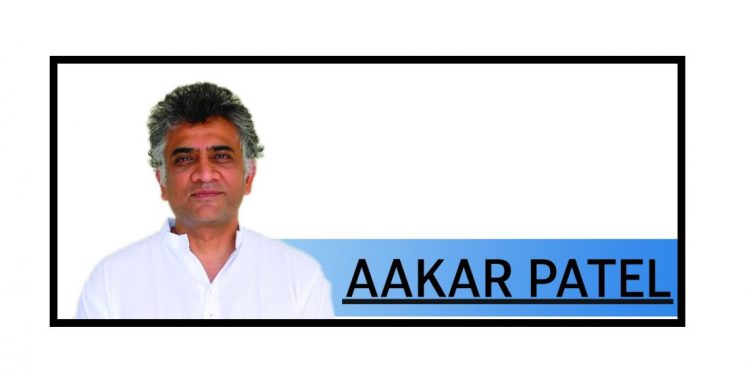Why is India in lockdown? Our economy has come to a halt and there are predictions that gross domestic product may contract by as much as 5% because of this loss of production. Clearly there is a good and strong reason for us to all stay at home. But what is that reason?
The famous Johns Hopkins University’s Centre for Disease Dynamics, Economics and Policy has released a study predicting the spread of novel coronavirus in India. It has examined three possible scenarios
1) High – the trajectory with current lockdowns but insufficient physical distancing or compliance.
2) Medium – Most likely scenario with moderate to full compliance but no change in virulence or temperature/humidity sensitivity.
3) Low – Optimistic scenario with decreased virulence and temperature/humidity sensitivity.
Under low or the optimistic scenario, the centre predicts that by June a total of 12 crore Indians will be infected and of these 11 lakh will be hospitalised. Of course India has only 70,000 ICU beds and only 40,000 ventilators so most of these people will not receive treatment.
The medium (most likely) scenario has 18 crore people infected and 18 lakh in hospital and the high predicts 25 crore and 25 lakh respectively. These are numbers we cannot manage, even in the low numbers scenario. Does the government agree with these scenarios? And if not, does it have alternative scenarios? We do not know.
So the question is, to repeat, why is India in lockdown? The answer cannot be that we will beat the disease at the end of the 21 days. Even in China the disease hasn’t completely gone. And the answer cannot be that it is to halt the spread because the spread is going to happen anyway.
The only possible reason is that the lockdown will slow the spread. But then what? The answer to that is not known because nothing has been discussed with us other than the lockdown. The confusion is compounded because it appears that India appears to be in some way immune to the spread in the way that it has happened in other nations. New York is being devastated by it and even the British Prime Minister is infected. So what’s going on in India?
To understand that we must know that we really have no idea about how many people in India are already infected. Total tests done so far for the United States are 5.5 lakh, Germany 4.5 lakh, Korea and Italy 3.5 lakh. India has tested 27000. We have tested as many people as The Netherlands, which has a population of less than Delhi. The Netherlands has 8,000 positive cases, 10 times more than India. Andhra Pradesh has so far tested only 384 people. Spain, which has a population of less than Andhra Pradesh has tested 3.5 lakh people. The fact is that our real positive numbers are hidden; the only question is by how many.
All of South Asia is returning low numbers of COVID-19 positive cases. Pakistan has the most but only 1,200. India has 800, Bangladesh 44, Sri Lanka 106, Bhutan and Nepal 3 each and Maldives 13.
Within this low testing space in India some states are testing more than others. Many of India’s positive cases have come from Kerala, but Kerala is testing much more than other states. Till March 24, it had tested 4,500 people, but Maharashtra, which had 24 more positive cases at that time, had only tested 1,000 people. Doesn’t that mean Kerala has more infected people because it has identified more compared to other states?
So why are we not testing more? A report in the Web publication Scroll which spoke to several state governments explained that it was not an issue of a lack of kits, but a lack of laboratories. Many states don’t have a single lab to test. Nagaland for instance needs to send samples to Assam. The second reason was that people were backing out of testing from private labs after realising that the home test would involve nurses coming in protective gear to their doorstep. They did not want to be stigmatised by their neighbours and so cancelled the test.
The private test costs Rs 4,500 and after learning that they would have to pay for it and it was not free, other people would also back out. Many labs also think that it is too much work for such little money, and they do not have the protective gear and they don’t want to put their staff in danger. The lockdown has also made it difficult for the private labs to get around. All of these have contributed to our low numbers and as the days go by we will learn that despite the lockdown, the numbers of infected are growing exponentially.
What happens after that? This can only be answered if we know what the lockdown is meant for. As the last few days have shown there appears to be no plan even at the very beginning of the lockdown for the lakhs of people who are walking across India with no water, food or money. What will happen when the state apparatus needs to act beyond its capacity to cater to lakhs and crores of infected? Unfortunately, that is not a hypothetical question. We will learn the answer very soon.






































